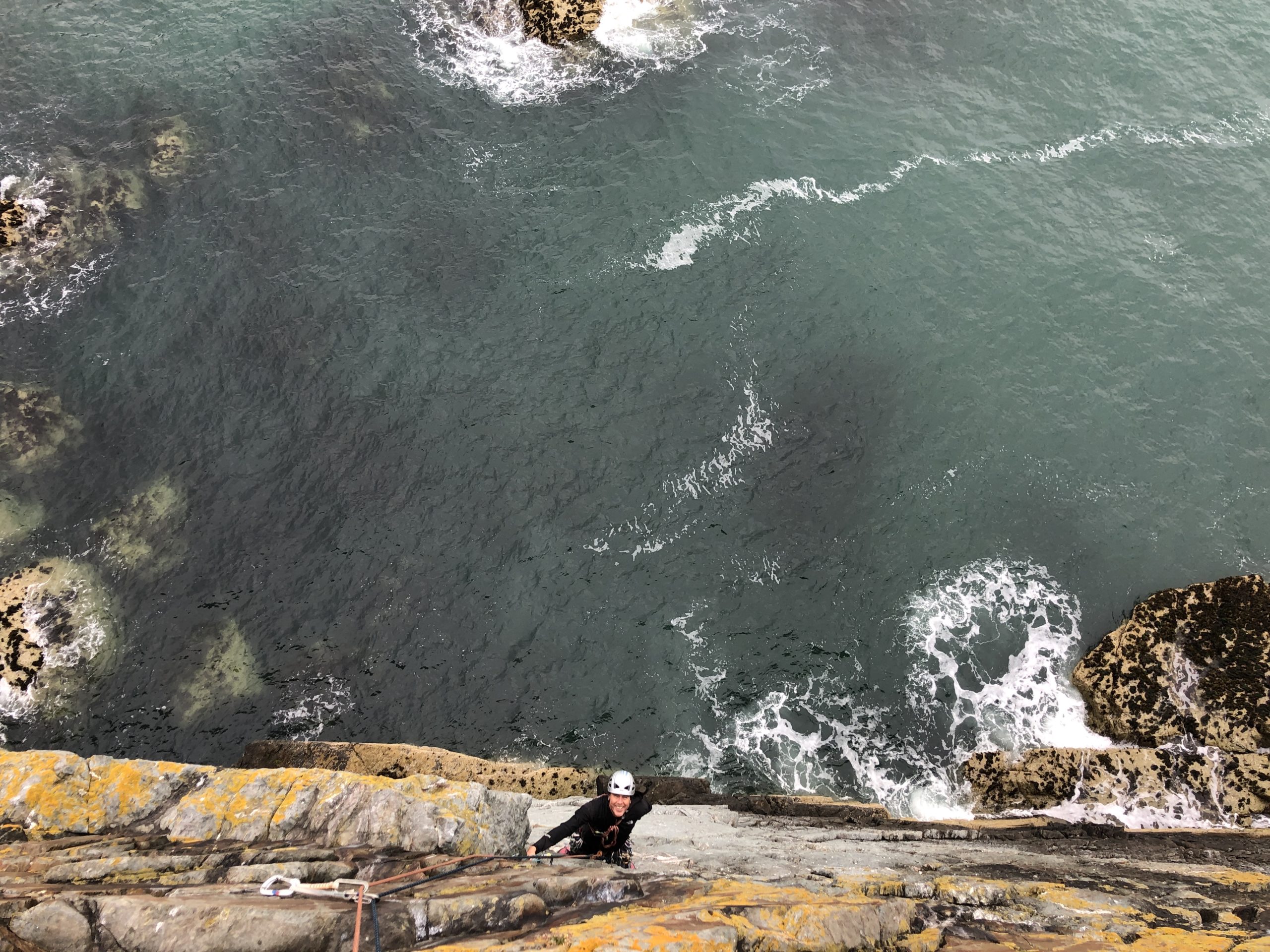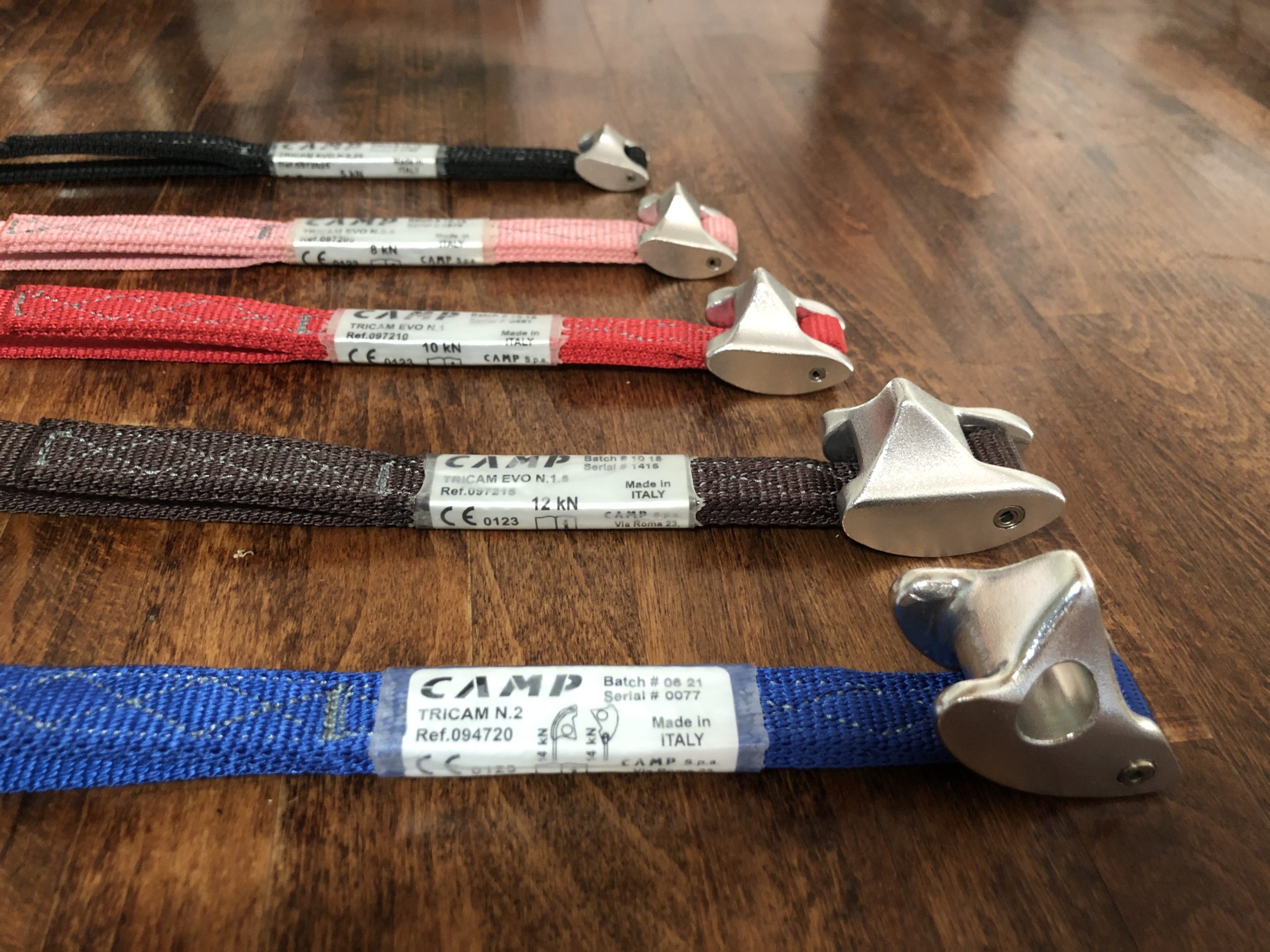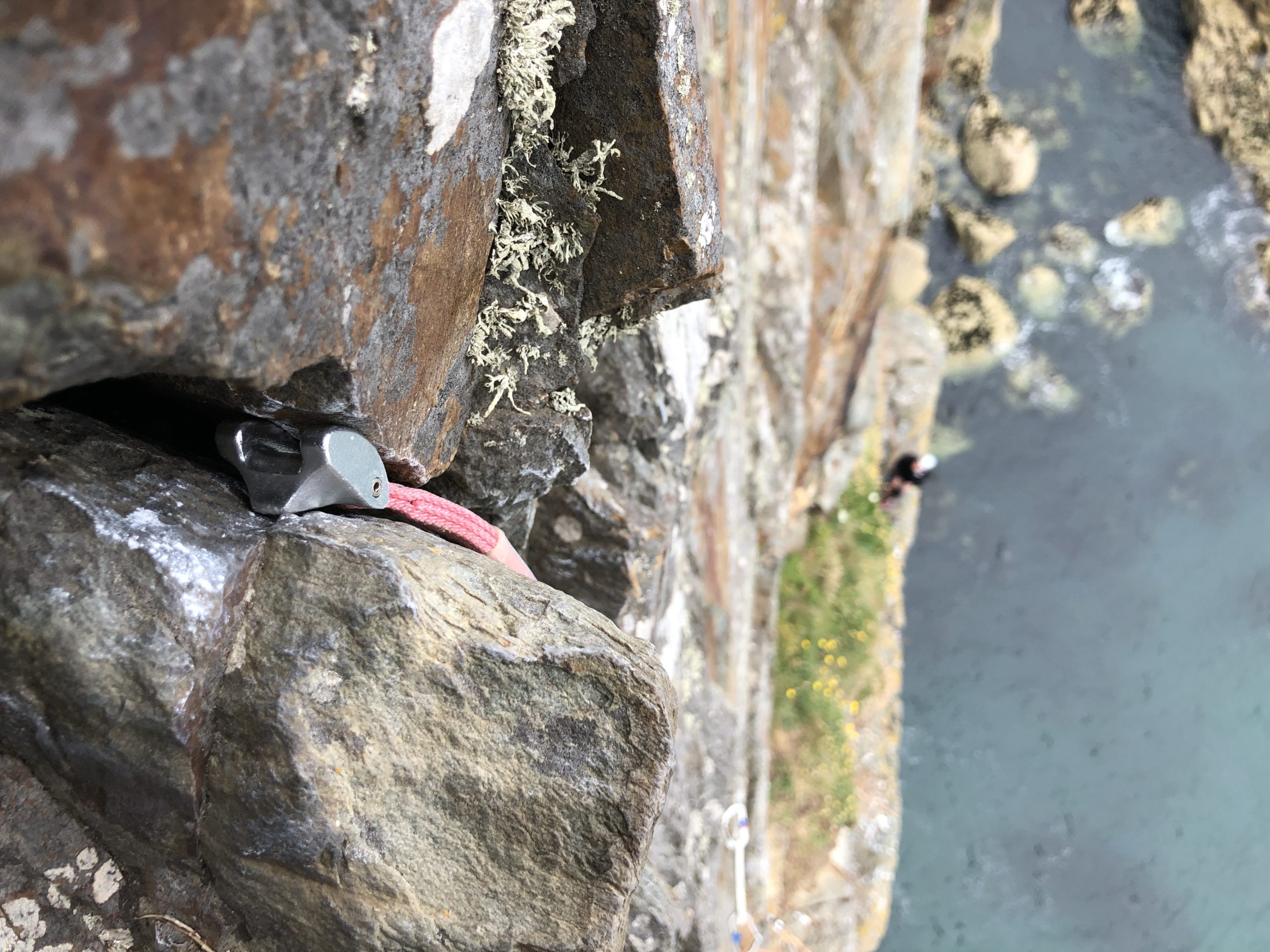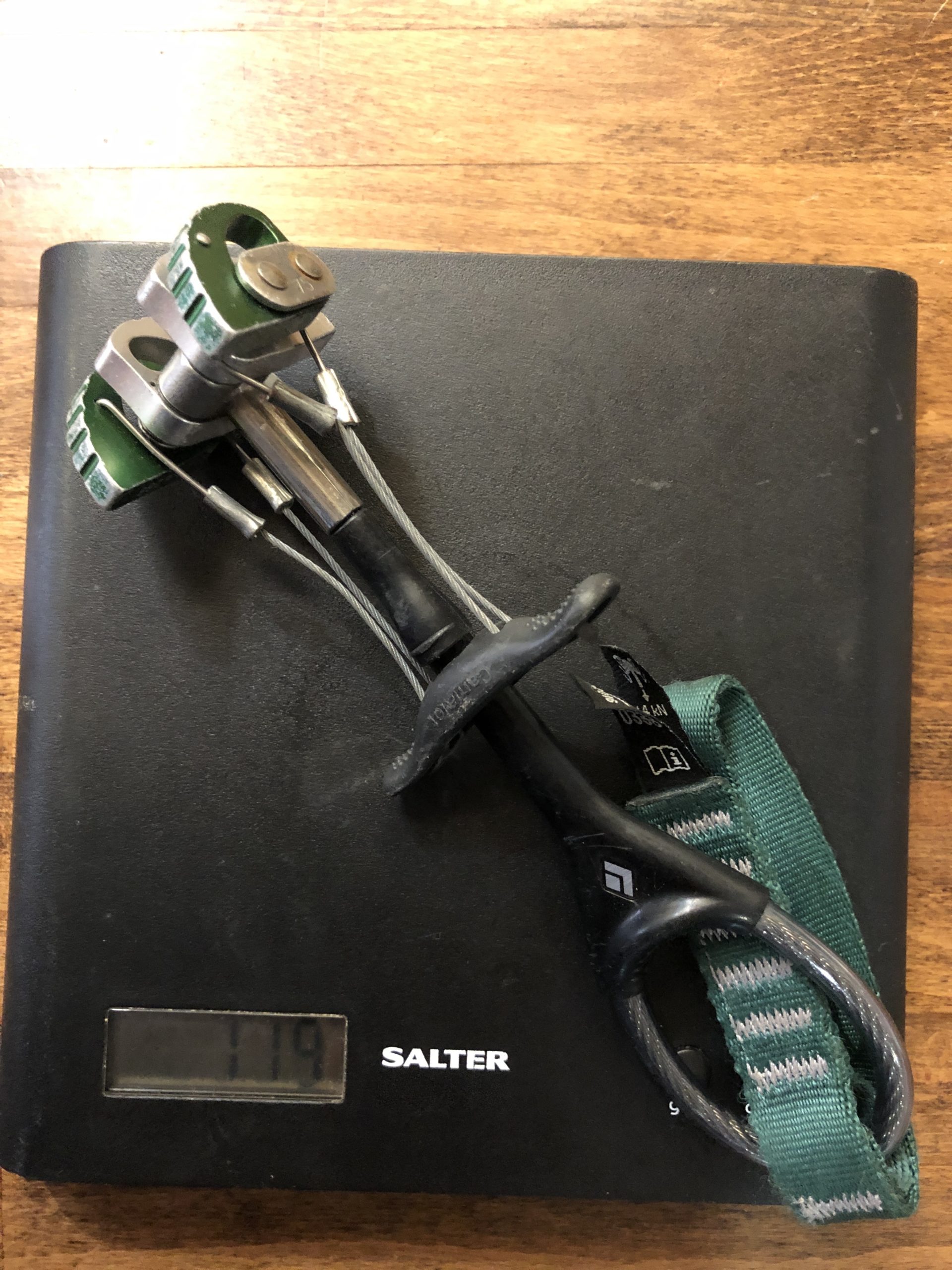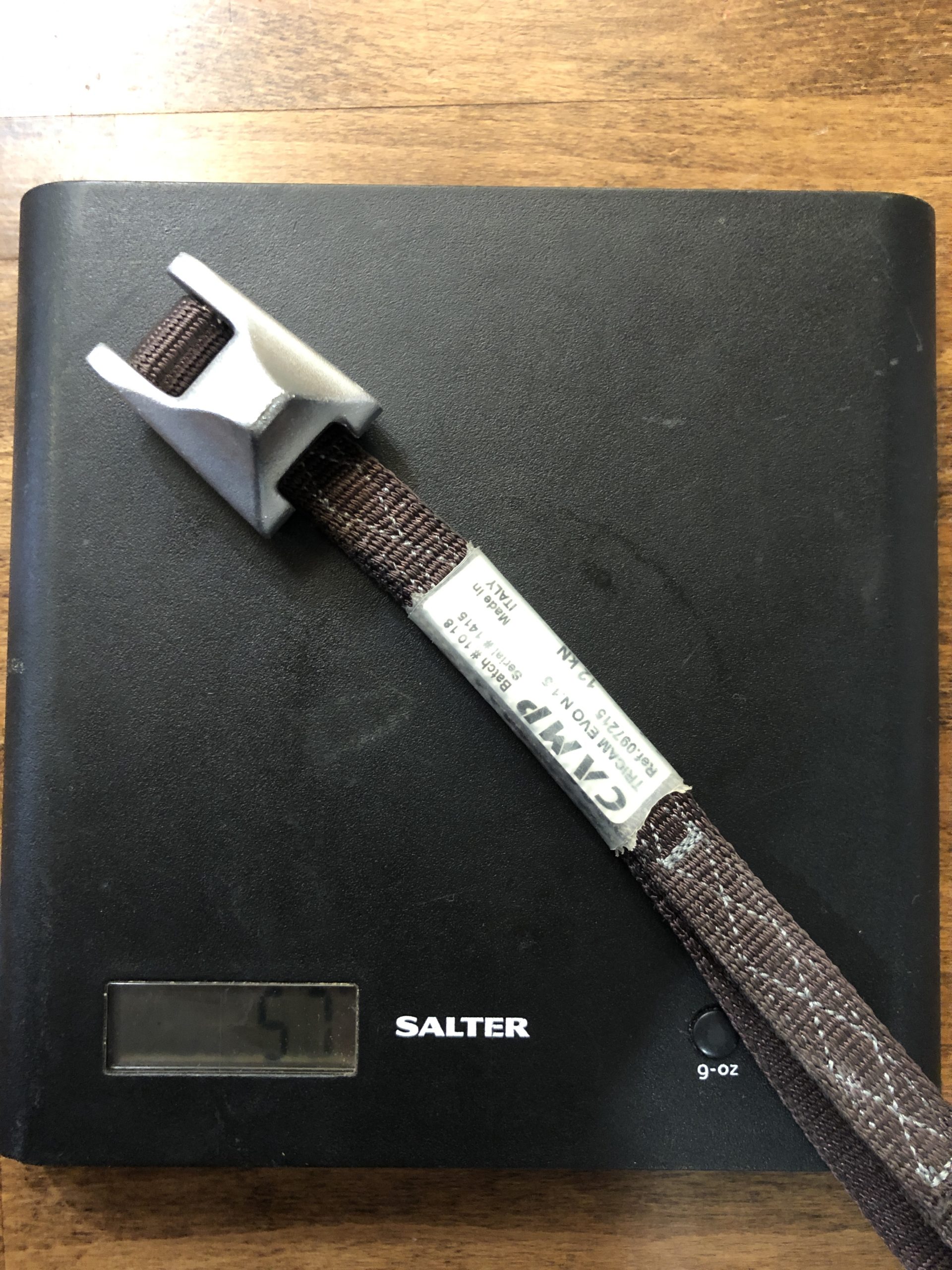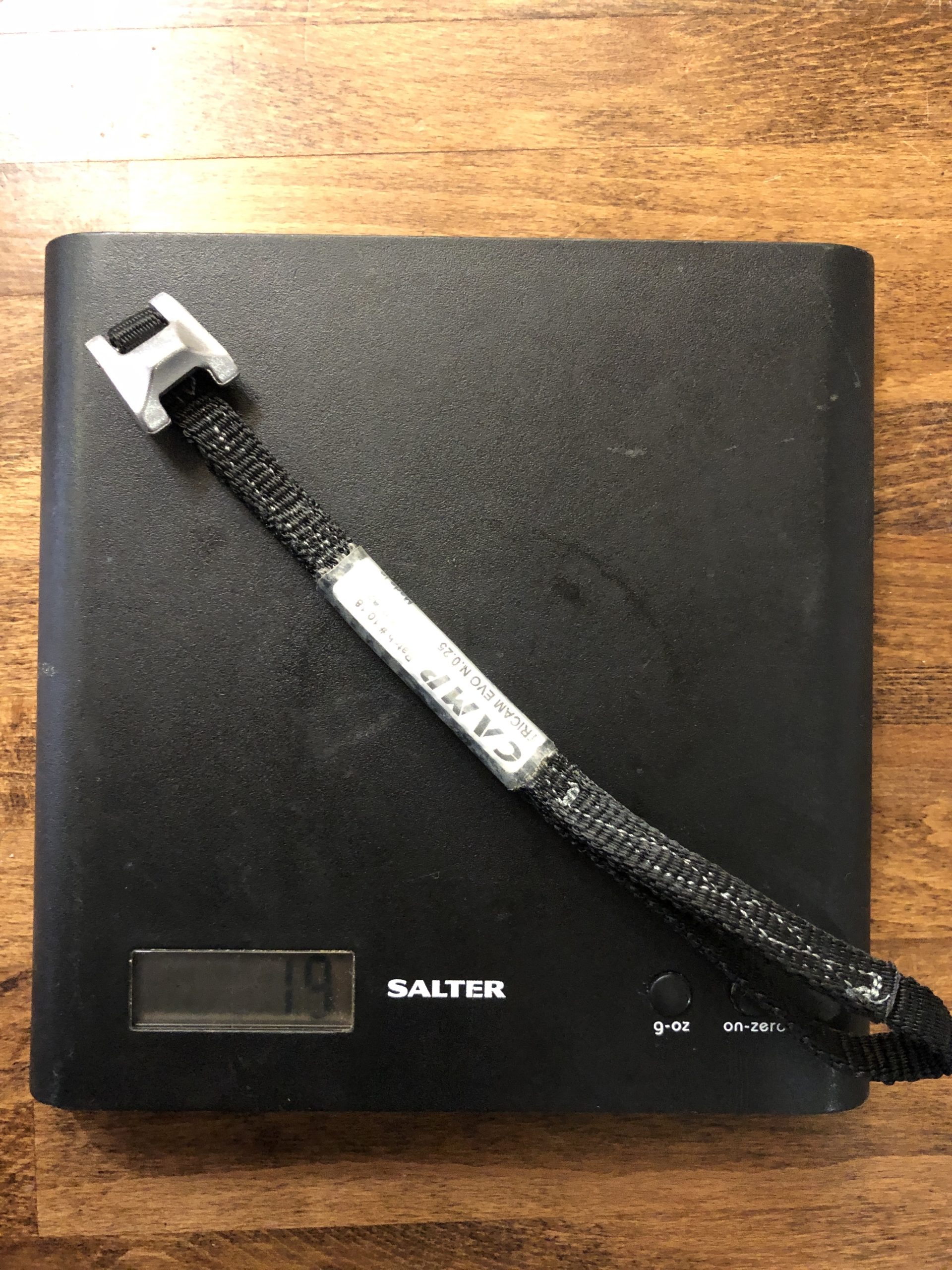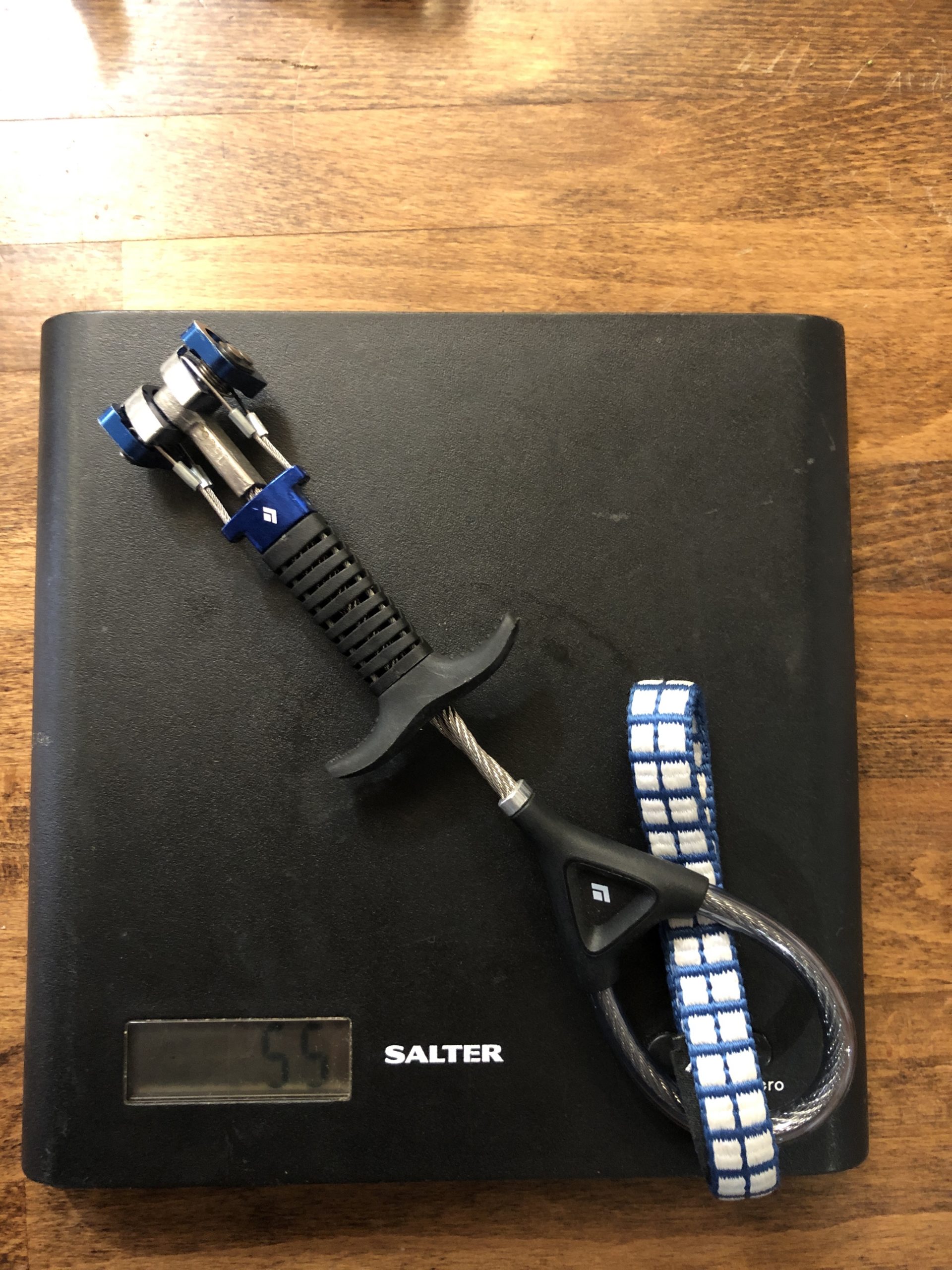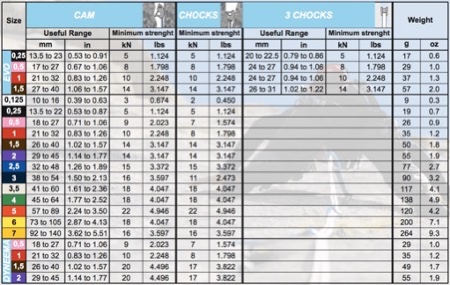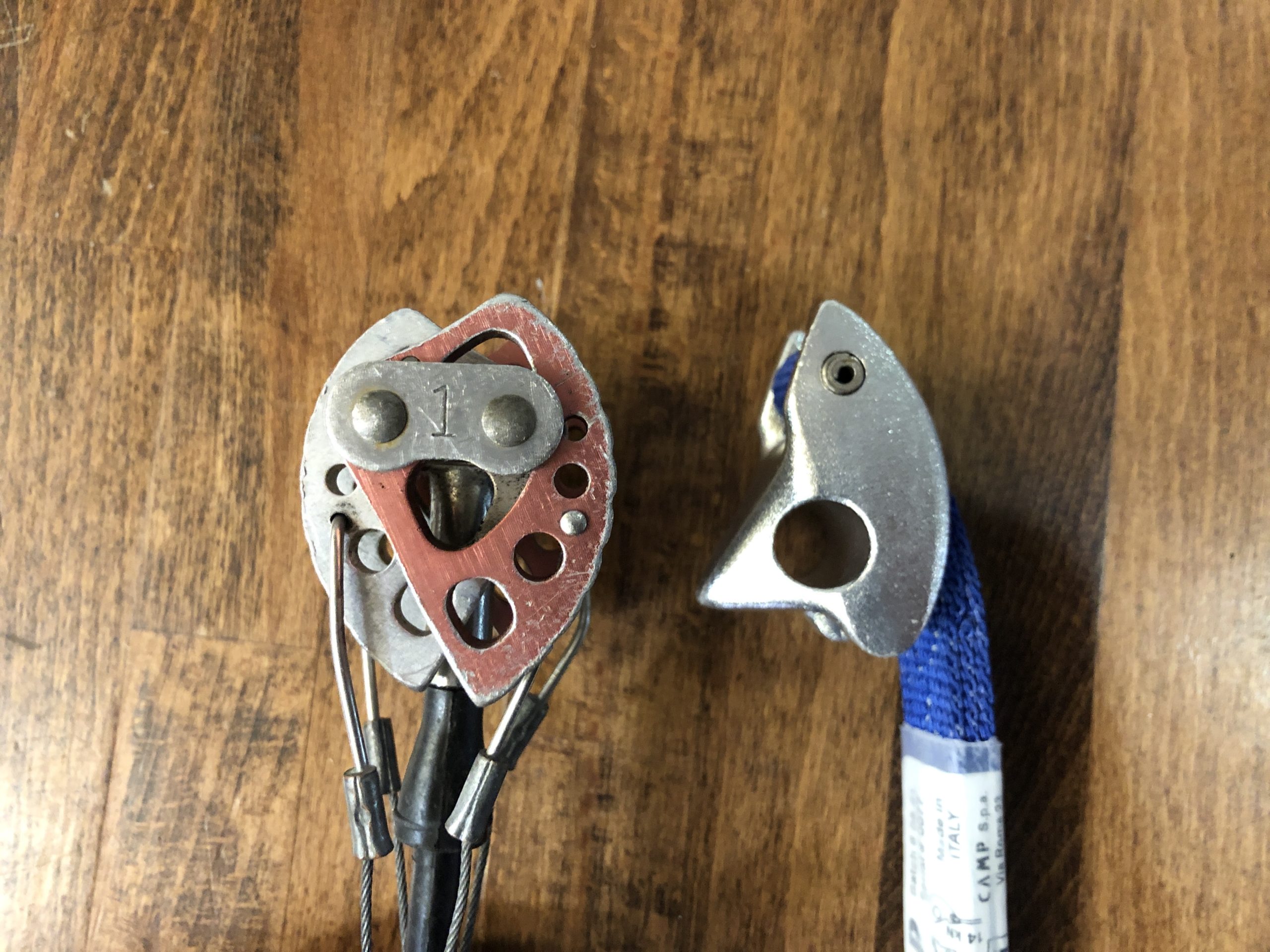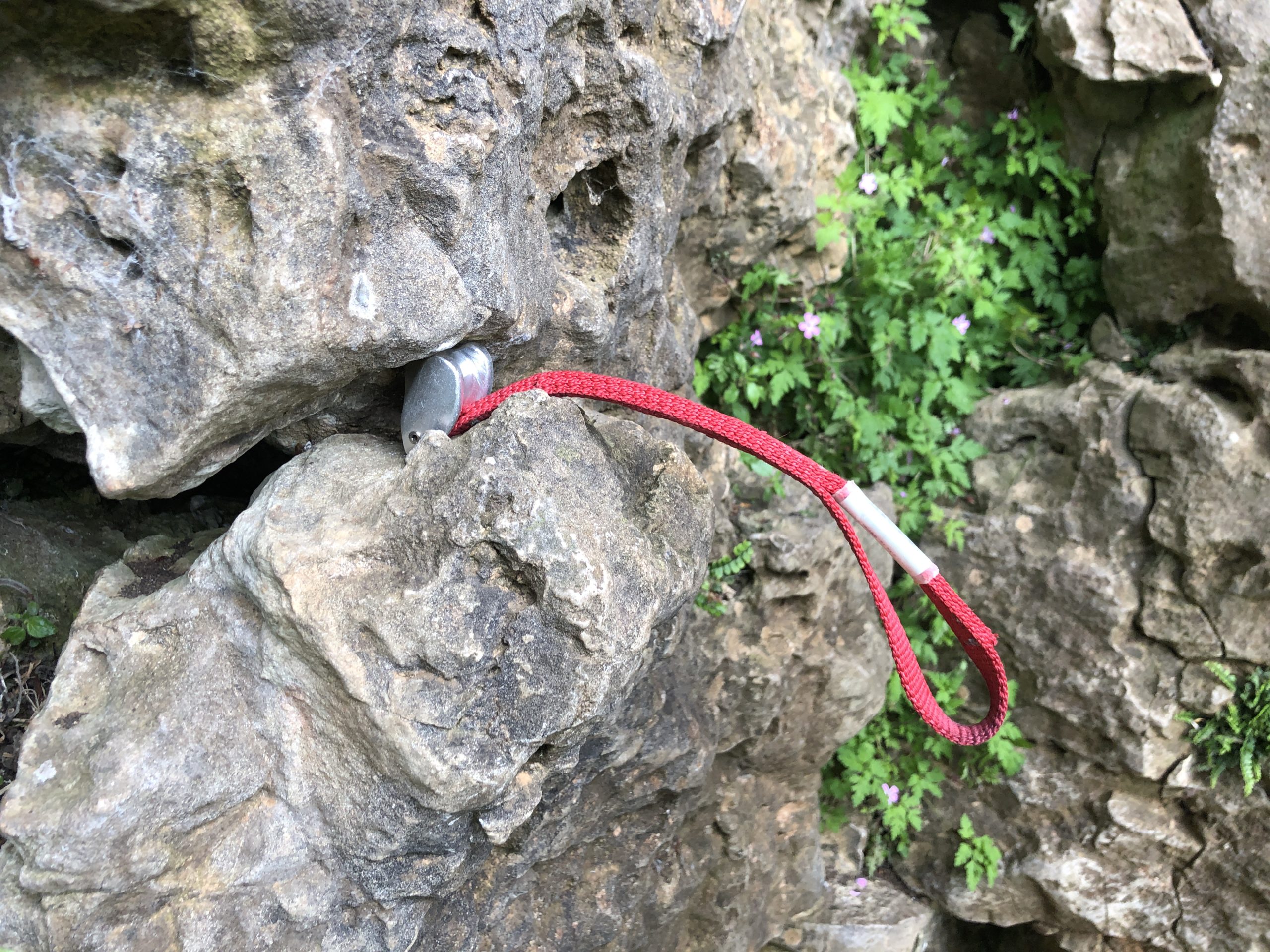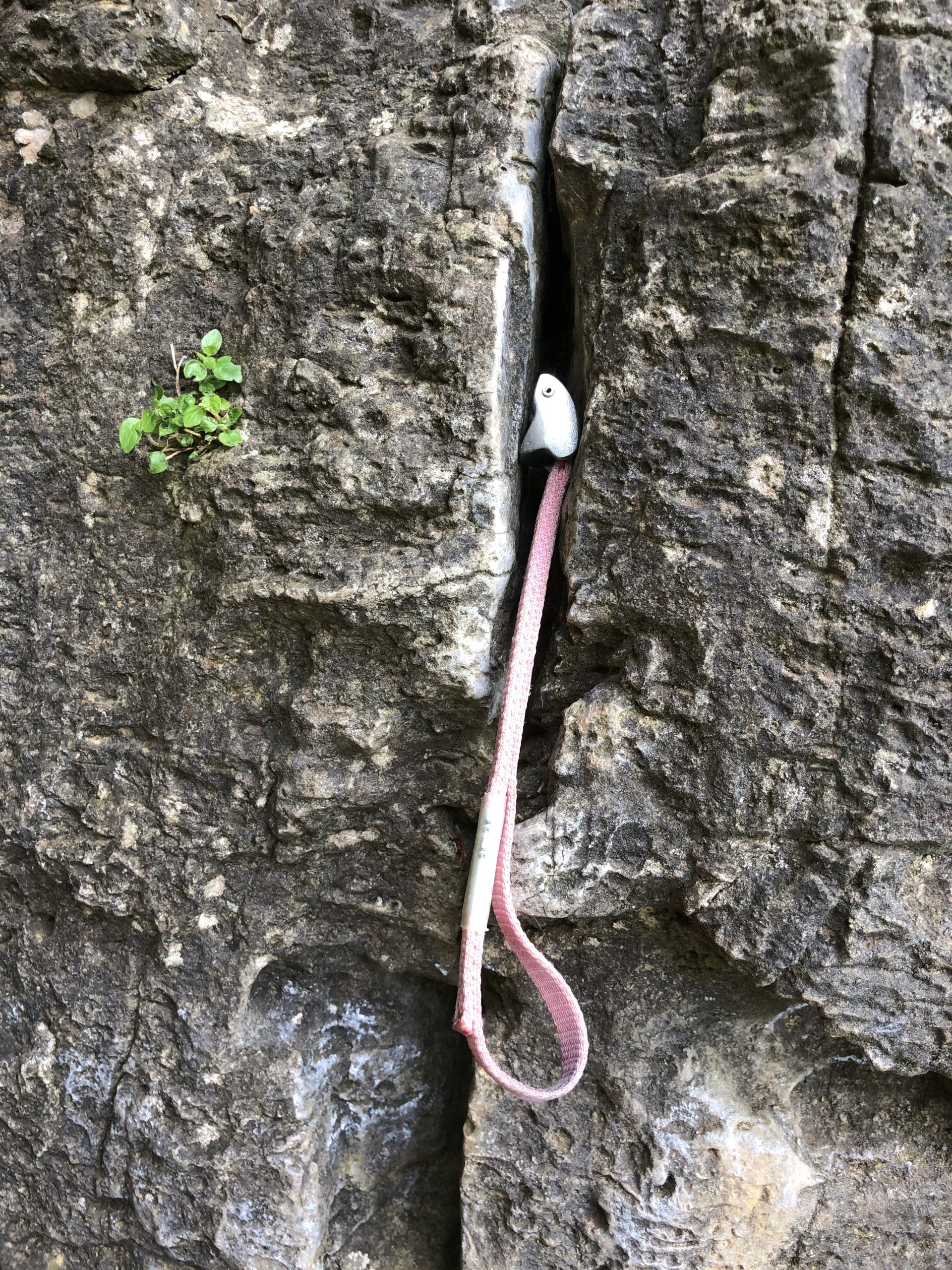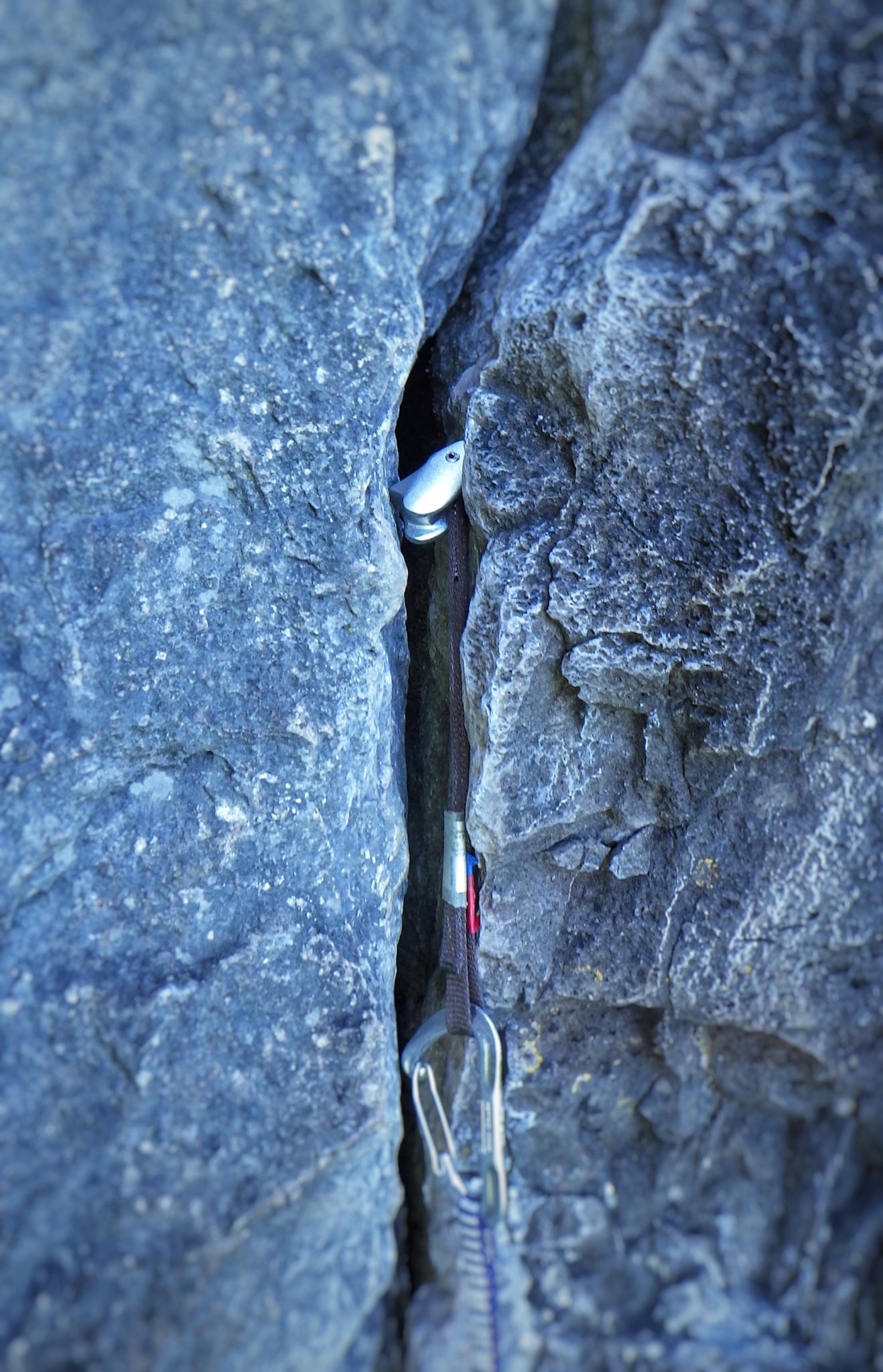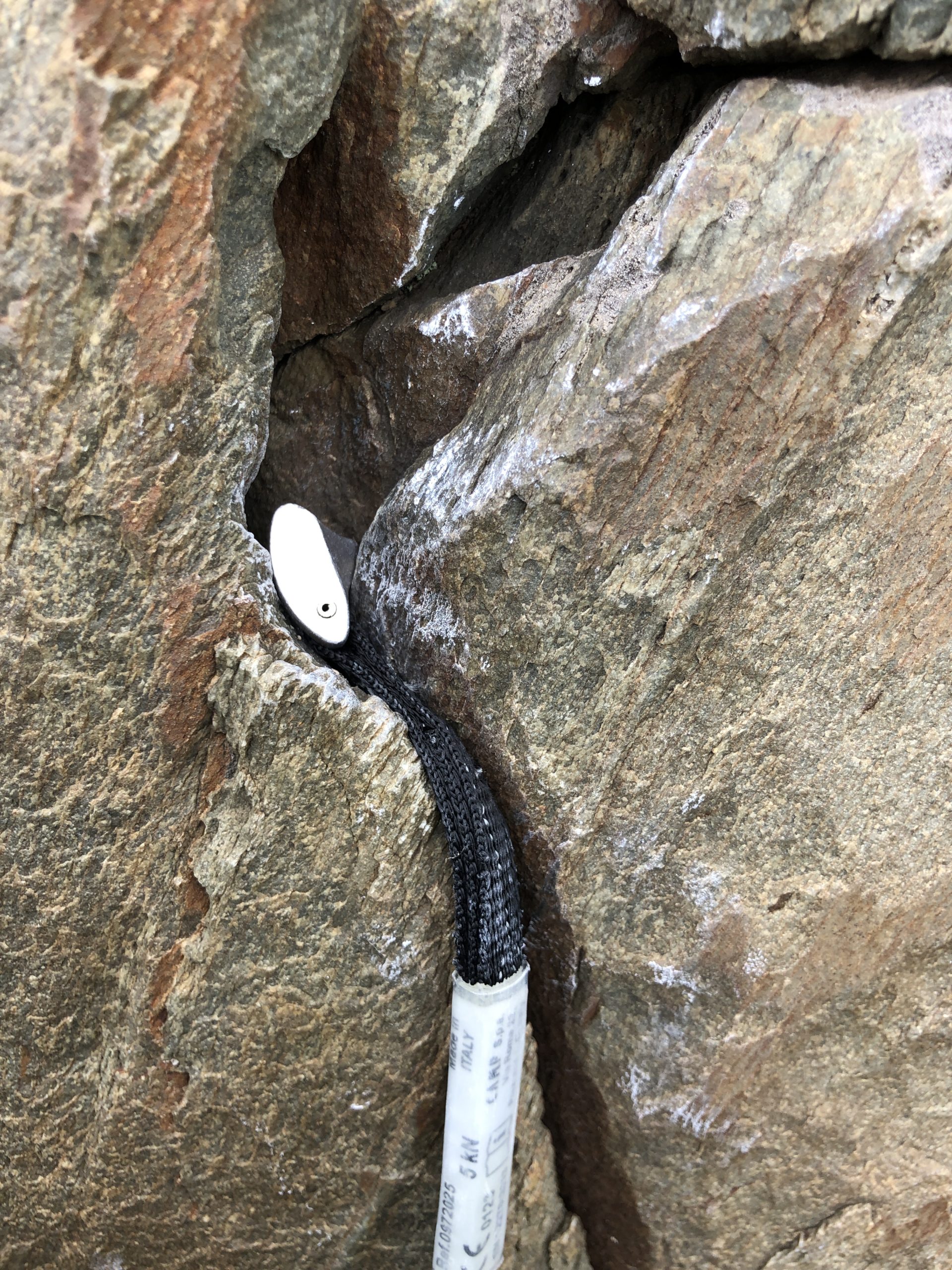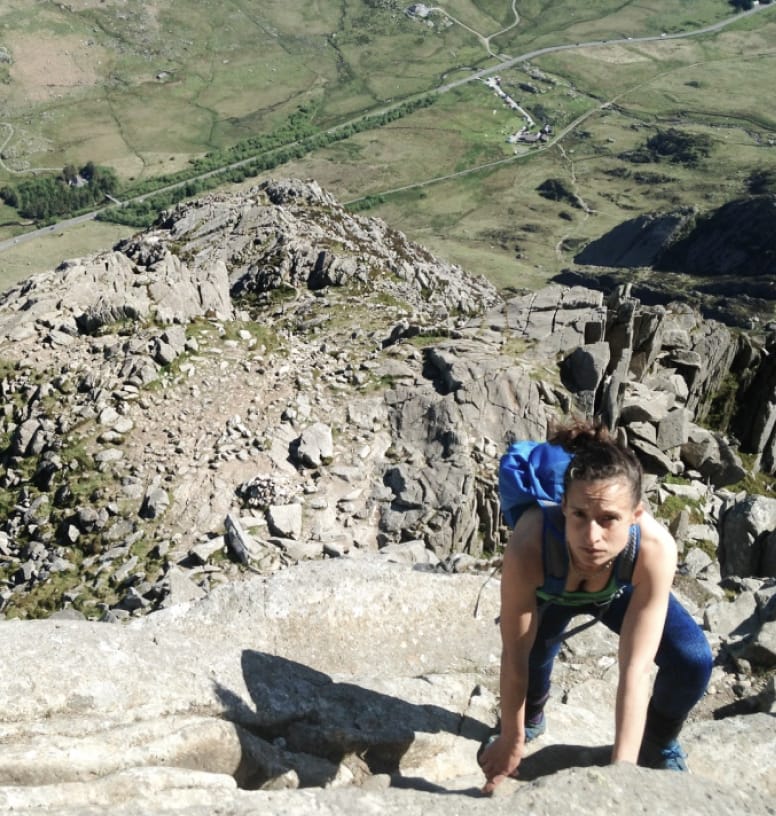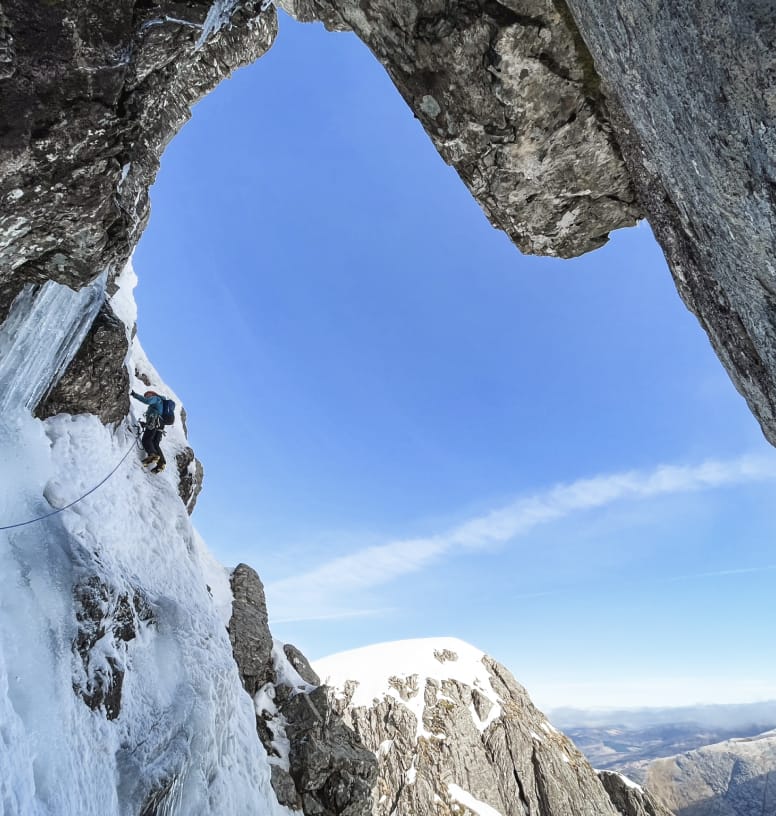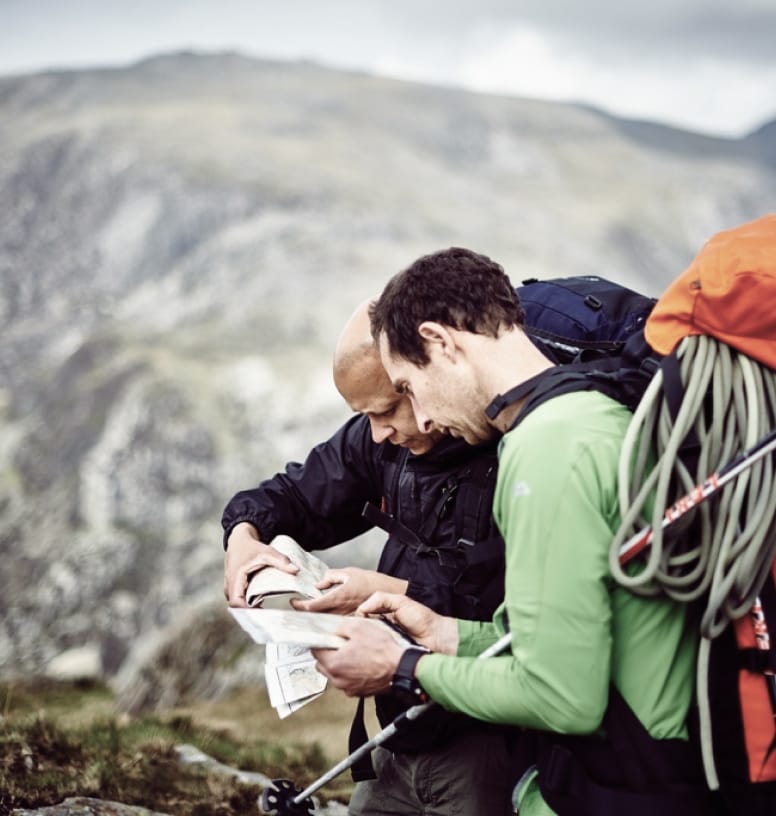07775 853 348
We provide TRAD CLIMBING COURSES, SPORT CLIMBING COURSES and CLIMBING COACHING, we even run CLIMBING PSYCHOLOGY WORKSHOPS and TRAD FALLING WORKSHOPS and have published a book on CLIMBING PSYCHOLOGY.
FEATURES AND BENEFITS
- 3 different placements
- Nylon sling
- Same strength whichever way its placed
- Different shape head
- Lighter for 2 smaller sizes
- Stiffer sling
The CAMP tri-cam, is one of the most underused pieces of climbing protection in the UK. For the non-believers, it feels like a mythical creature, all you know is from hear-say, and not quite sure what it looks like. For all the others who have experienced them, its like Marmite. They either love them or hate them. Once you know how to use it, you will be a convert.
THE TRICAM
Invented by Greg Lowe in 1973, and can be used as passive and active protection. The name ‘Tri-cam’ comes from its camming action, and the three points it touches on the rock when placed. It is one of the most versatile pieces of rock climbing protection. They are very well suited to pockets, awkward or narrow cracks, even parallel cracks, pods, and pin scars. These can be placed either horizontal or vertical, as active protection.
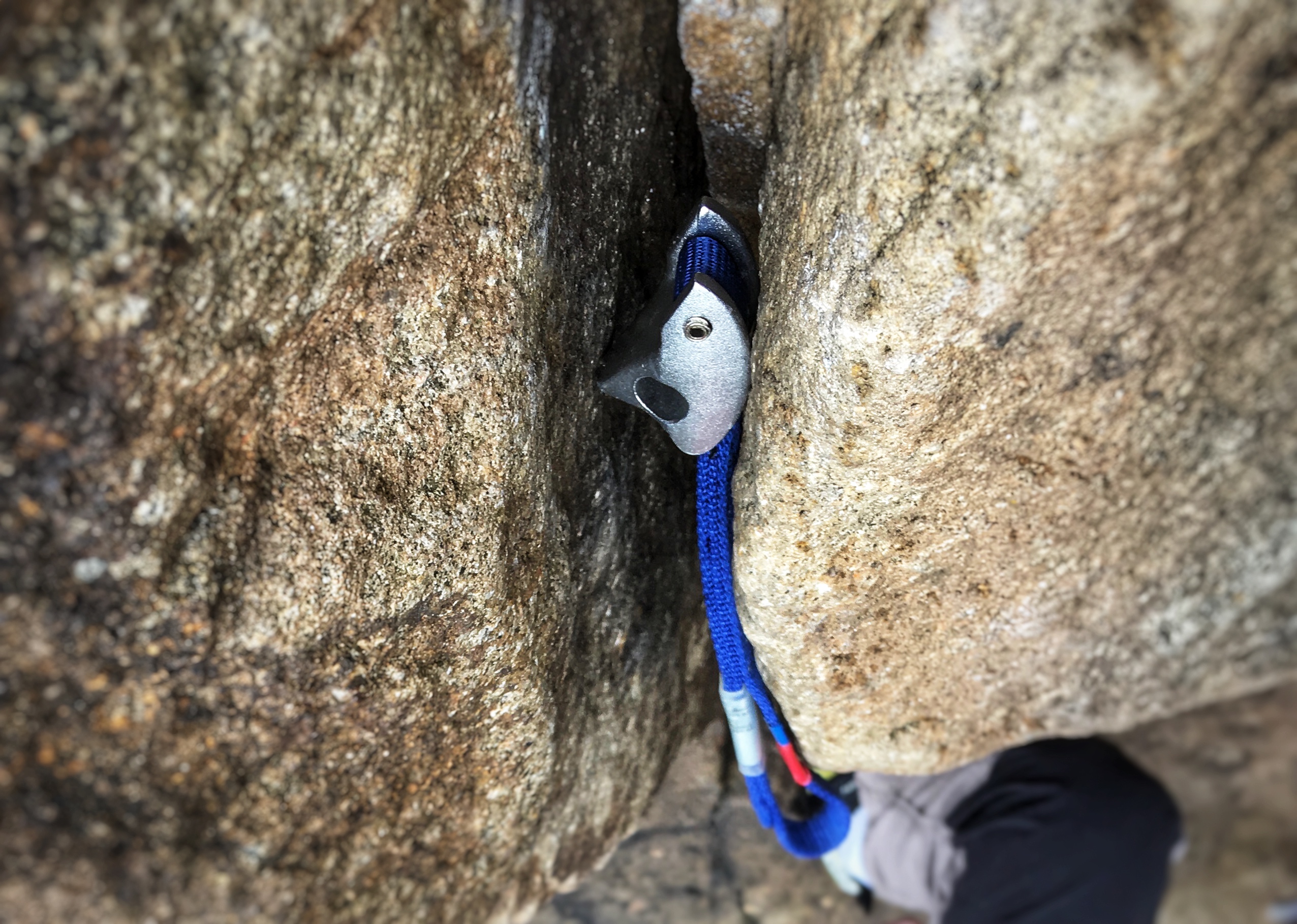
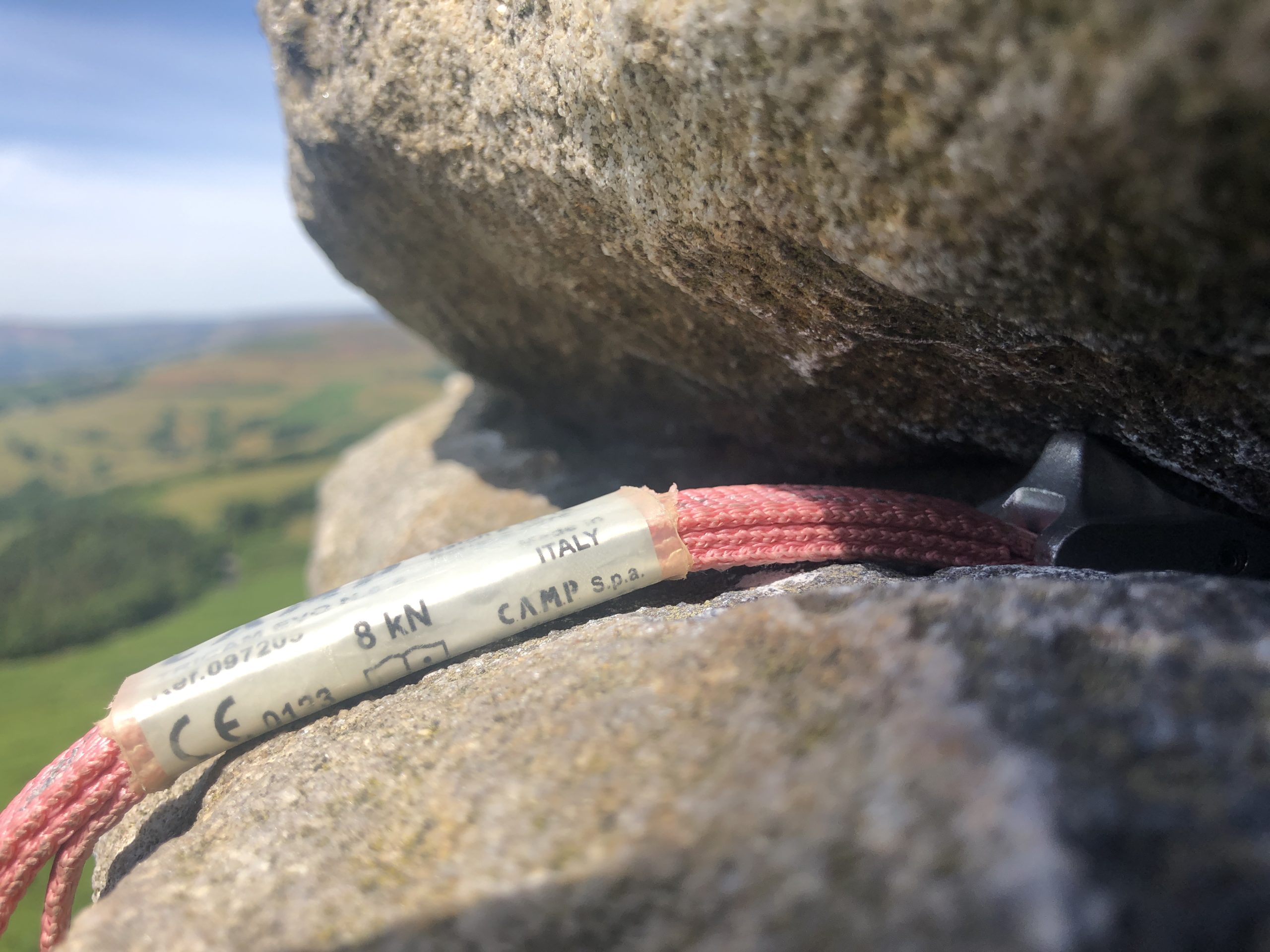
Or just like a nut placement, placed passively and jammed in a narrowing/constricting crack.
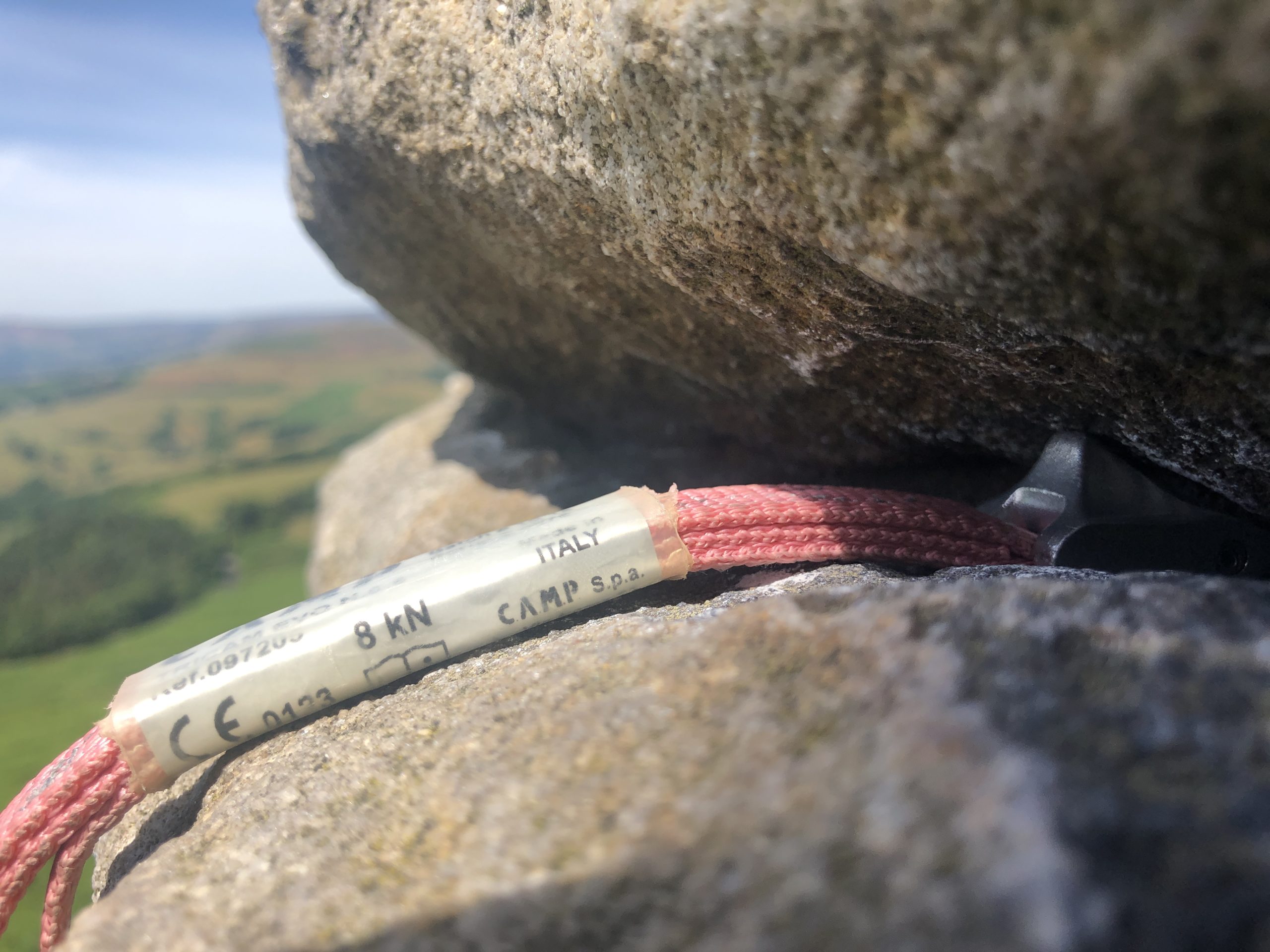
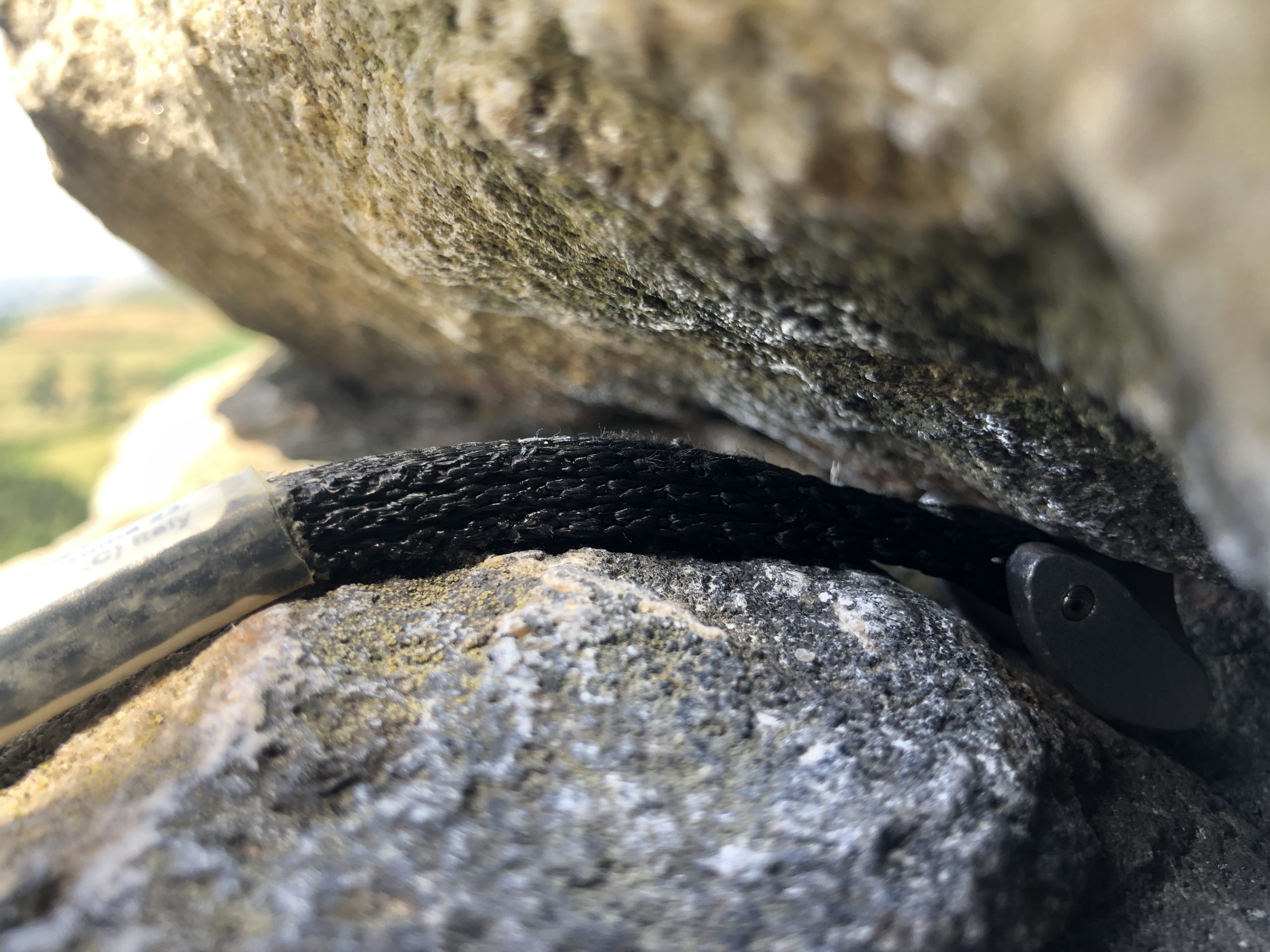
ANOTHER PLACEMENT?
And yes, the Camp Tri cam Evo has another placement. Another passive placement, just like an offset nut. Camp have changed the shaped slightly from the original tri cam. They have thickened the metal in places, and cut the holding pin flush with the side of the tri cam. So, these can be placed sideways, without interfering with its construction.
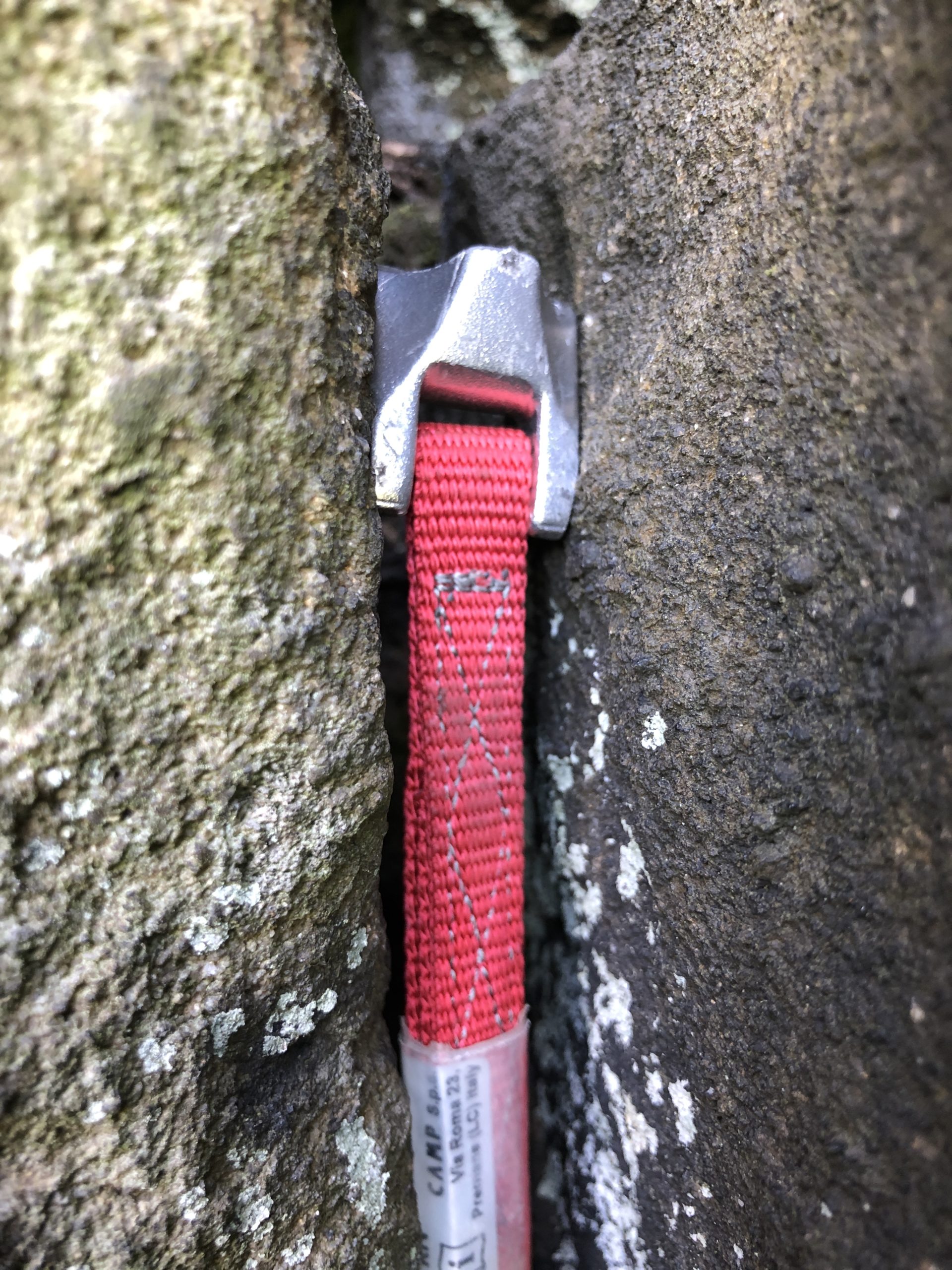
PLACING THEM
They take a little more practice to place well, especially actively. But when they go in, they feel secure. Actively placed, you place the tri cam and give it a quick pull to seat it. Compared to cams, when placed well, they are less likely to walk, as long as they are seated well. Due to their narrow heads, they are able to fit where cams cannot, i.e. pin scars, shallow cracks, or pockets.
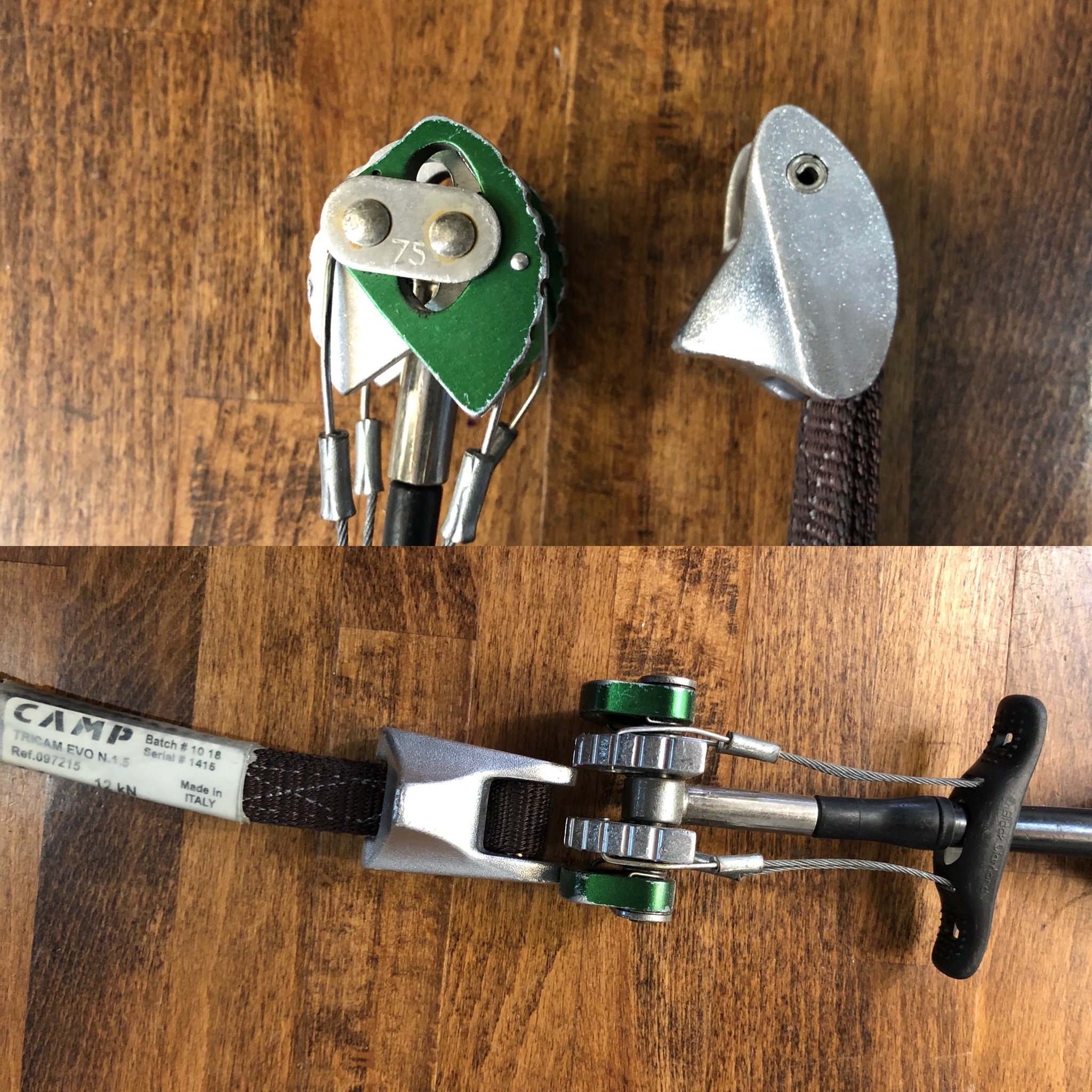
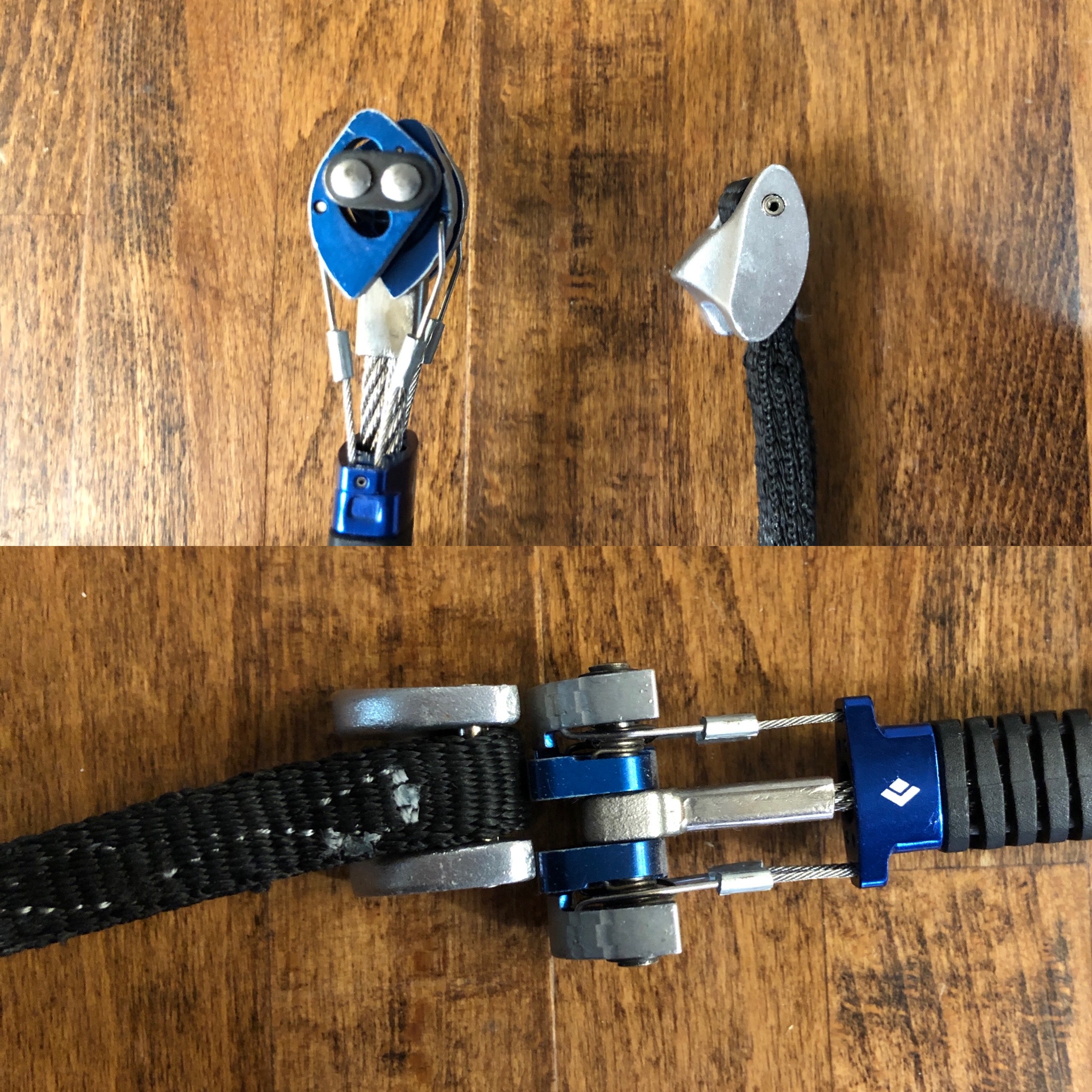
REMOVING TRICAMS
Once placed well, it will take some gentle persuading to remove them. Unlike removing a nut, or hex which can be done with a little more vigour. The removal of a tri cam can be a delicate procedure, especially when placed actively. It’s in the subtle details of the placement. Be precise and gentle, and sometimes two hands are needed, and definitely a nut key. So, if you are seconding, you have the comfort of sitting on a tight rope.
One of the reasons a second can find it frustrating to follow a climb which has well-placed tri cams in them. On a personal note, if my life hangs on the balance of a well-placed tri cam, when leading, I don’t care that the second needs two hands to remove them. Personally, I have never had a problem removing a tri-cam, and nor did my climbing partner who came with me for this review. Look, he’s even smiling…
